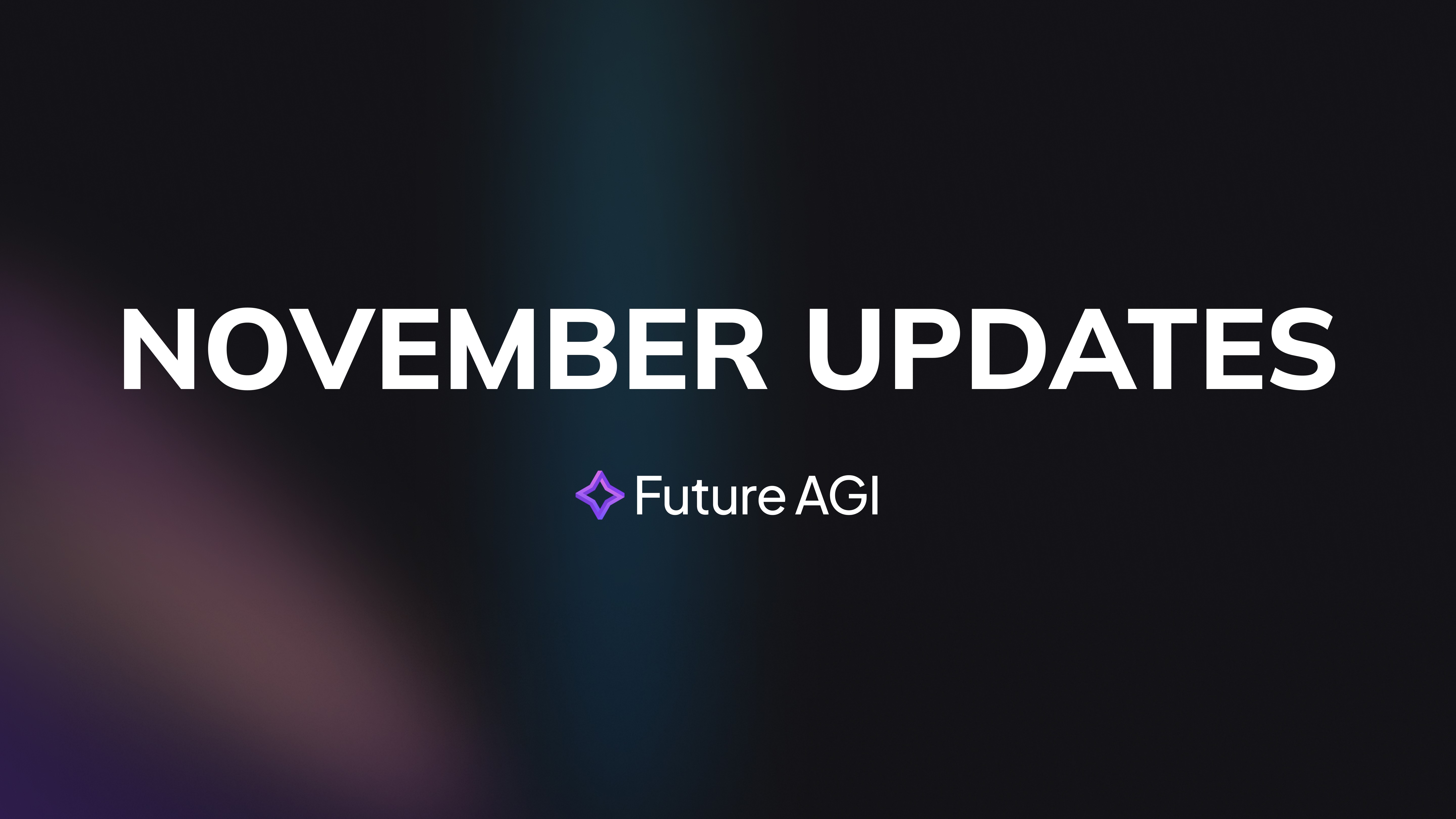Introduction
The AI world is changing fast. Apps grow smarter each day. Meanwhile, companies want more efficiency. Small Language Models (SLMs) now take center stage. Large Language Models (LLMs) focus on general tasks. In contrast, Small Language Models do specific jobs quickly and cheaply.
Imagine an agentic system automating difficult work. Furthermore, agentic applications also feature independent agents. These agents are in charge of specific responsibilities. Additionally, they work together and interact among each other. Consequently, AI systems turn modular and flexible. Each workflow step is powered by specialized agents rather than a single, massive model. Fine-tuned Small Language Models drive these agents. Moreover, they work together smoothly. This modular approach creates scalable systems. Additionally, it reduces delays and cuts resource costs.
But how do you build such systems? Let's explore why, what, and how to create agentic systems with Small Language Models.
What Are Small Language Models-Powered Agentic Systems?
Small Language Models power agentic systems with autonomous agents. Furthermore, SLMs drive these agents. Moreover, these agents work alone. Additionally, they do specialized tasks. Furthermore, they also work with other agents in a bigger system. Static apps do single tasks. However, agentic systems with Small Language Models are different. Additionally, they adapt and change. Furthermore, they can plan and run entire workflows. However, you need careful planning to deploy these systems at scale. Additionally, you also need optimization. Learn more about the key steps to put agentic apps into production.
2.1 Key Traits of Small Language Models-Powered Agents
Ability to Plan: Small Language Models help agents break big goals into smaller tasks. Subsequently, they check results and improve their actions step by step.
Efficient Tool Usage: SLM agents are quite adept in choosing and applying tools. Furthermore, they leverage APIs, features, or other agents. Additionally, they know how to apply them for best effects.
Contextual Adaptation: Furthermore, agents use context through RAG or in-context learning. Consequently, they adapt their actions to changing environments.
Seamless Collaboration: Multiple agents work together on parts of a bigger workflow. Furthermore, they share results to reach goals efficiently.
For example: In a document summary system, one agent pulls key points from text. Subsequently, these are transformed into a concise synopsis by another agent. Finally, a third agent ensures that the output is in the desired style.
Why Choose Small Language Models Over LLMs?
LLMs offer huge capabilities. However, they aren't always the best choice for real apps. Meanwhile, Small Language Models bring clear benefits. Furthermore, they work better for certain agentic systems. This is especially true when you need efficient resources and fast response times.
3.1 Practical Applications of Small Language Models
For example:
Notes Summarization: An SLM can quickly summarize meeting notes or lectures. Furthermore, it doesn't need the massive computing power that an LLM requires.
Email Categorization: An SLM sorts emails into folders quickly. Additionally, it tags them based on content. Consequently, this saves time and resources.
Customer Support Bots: Additionally, Small Language Models handle FAQs in real time. Furthermore, they answer routine questions. As a result, this gives fast and cheap support.
IoT Devices: Smart thermostats and home assistants benefit from Small Language Models. Additionally, they need lightweight, local processing. Furthermore, they don't need heavy computing power.
3.2 Key Advantages of Small Language Models
Small language models excel when task focus, cost, and speed are most important. Moreover, in these contexts they surpass the general capacity of LLMs. Small Language Models also clearly help agentic systems:
Specialization: Small Language Models shine on limited, unambiguous tasks. LLMs aspire for general use in parallel. By contrast, SLMs concentrate on particular tasks including data retrieval, text summarising, or error detection.
Cost-Effectiveness: Small Language Models require less computational resources for deployment and training. This makes them ideal for systems that manage several chores as well. Moreover, you save large infrastructure expenses.
Low Latency: Faster reactions come from small models. This guarantees seamless real-time interactions. This is particularly important in multi-agent systems whereby several agents cooperate.
Modularity and Scalability: Moreover, Small Language Models can be used as specialised agents inside a modular architecture. This hence makes parallel task execution and simple scaling possible. Every agent also concentrates on their area without overloading one large model.
Sustainability: Less energy consumption fits the green agenda. Moreover, this keeps performance while reducing the carbon footprint of artificial intelligence systems.
Building Agentic Systems with Small Language Models
To create effective agentic systems, focus on three key areas:
4.1 Fine-Tuning Small Language Models for Specialization
Small Language Models work best when you fine-tune them on specific datasets. Furthermore, you tailor them for their intended task. For instance:
In healthcare, train a Small Language Model to process patient symptoms. Additionally, it can suggest diagnostic steps. For customer support, fine-tune a model to classify tickets. Furthermore, it can recommend responses.
Consequently, fine-tuning makes the model efficient and highly accurate in its specialized area.
4.2 Chain-of-Thought Prompting for Planning
Chain-of-Thought (CoT) prompting gives an agent a step-by-step guide. Furthermore, the agent doesn't try to solve everything at once. Instead, it breaks the task into smaller, logical steps. Additionally, it tackles them one by one. Consequently, this method improves accuracy. Furthermore, it ensures no important details get missed.
How Chain-of-Thought Works:
Step 1: Define the Goal: Start by precisely stating, say, the ultimate objective—that of summarising a report.
Step 2: Break Down the Task: Divide the objective into sensible portions. The agent then can operate from these rules.
Step 3: Execute Step by Step: The agent completes each first stage step one at time. Moreover, it ensures correctness before diving on the next.
Step 4: Combine Results: Once every step is finished, the agent compiles the results into the last output.
For example: Goal: "Generate a summary of this report." Plan:
Extract the key topics from the report.
Organize them into a logical sequence.
Rewrite the content into a concise summary.
Consequently, this approach improves accuracy. Furthermore, it ensures that agents miss no critical steps.
4.3 Feedback Loops and Continuous Improvement
Feedback loops make agentic systems smarter and more reliable over time. Furthermore, they involve watching performance continuously. Additionally, you gather insights. Subsequently, you use that information to make improvements.
How Feedback Loops Work:
Monitor Outputs: Track the produced results of the agents. Search also for trends, unusual discoveries, or areas where output falls short of expectations.
Collect Feedback: Get comments based on user or system basis. This can also include direct (e.g., "this result is wrong") remarks or indirect (low interaction with outputs) ones.
Analyze and Identify Issues: Search for the shortcomings in the system. Look for frequent errors in specific tasks or poor flow of work.
Retrain or Adjust: Retrain agents applying the input feedback Change their parameters or enhance their methods as well.
Iterate Continuously: Proceed to ensure ongoing development and adaptation by means of this approach.

Image 1: Feedback Loop for Agent Enhancement
Real-World Feedback Loop Example
For instance: In a financial reporting system:
Monitor Outputs: Examine data aggregation for correctness.
Collect Feedback: Users say they often find mistakes in calculations.
Analyze Issues: Discover that mistakes happen while managing data coming from particular sources.
Retrain or Adjust: Correct datasets help to retrain the data processing agent. Also, let it better manage those data sources.
Iterate: Maintaining constant improvement will help to reduce mistakes in next operations.
When you integrate feedback loops, you create a system that doesn't just work. Instead, it evolves and gets better over time. Furthermore, it adapts to new challenges and user needs.
Real-World Applications of Small Language Models
Model for small languages Agentic systems transform sectors. They run processes automatically as well. They also enhance decision-making. They scale operations as well.
5.1 Industry Applications
Customer Support: Agents with autonomous classification of tickets. They also create answers. They also highlight difficult problems. This thereby lowers resolution times while raising customer satisfaction.
Healthcare: Small language models help retrieve medical records. They also support patient triage. They also offer tailored therapy advice. This hence increases the accessibility and efficiency of healthcare systems.
Finance: Automated systems with Small Language Models analyze market trends. Furthermore, they generate insights. Additionally, they detect anomalies in financial data. Consequently, this enables faster and more accurate decision-making.
Retail: Personalization engines recommend products. Furthermore, they optimize pricing. Additionally, they generate promotional content tailored to individual customers in real time.
5.2 Multi-Agent Workflow Example with Small Language Models
Small Language Models agents coordinate in a workflow as shown here:
Task Initiation: Relevant data is retrieved by a retrieval agent from an external API.
Intermediate Processing: The information is organised and verified by a processing agent.
Final Output Generation: Analyzing the processed data, a reasoning agent acts. It then creates user-facing, practical insights or content.
Conclusion
Small Language Models are more than just scaled-down LLMs. Instead, they are tools designed for a specific purpose. Furthermore, companies design them for efficiency, specialization, and scalability. When you integrate Small Language Models into agentic systems, organizations can create modular workflows. Additionally, these are faster, cheaper, and more adaptive to real-world challenges. Agentic AI workflows continue to transform automation and decision-making (explore more). Therefore, businesses must leverage these advancements to stay ahead.
Whether you're building personalized chatbots, automating medical advice, or analyzing financial trends, Small Language Models impact the future development of intelligent systems. Furthermore, the time of small but powerful models has come. Therefore, we should start to embrace it.
Use Future AGI's LLM Devdev-hub platform to evaluate the outputs of your SLMs with LLMs to decide which works best for you.
References:
[1] https://siliconangle.com/2024/09/28/llms-slms-sams-agents-redefining-ai/
[3] https://www.akshaymakes.com/blogs/build-react-agents-slms-scratch
FAQs












